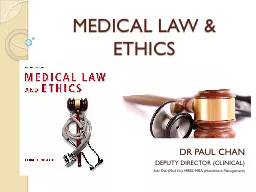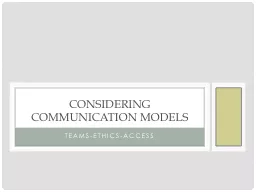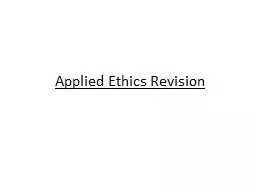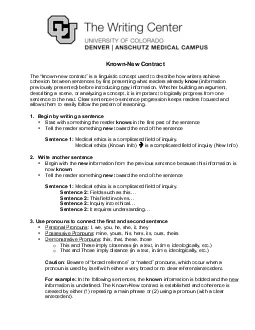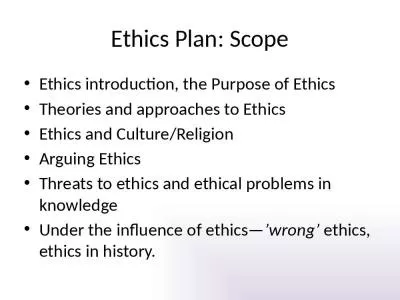PPT-MEDICAL LAW & ETHICS
Author : debby-jeon | Published Date : 2017-04-09
DR PAUL CHAN DEPUTY DIRECTOR CLINICAL Adv Dip Med Sci MBBS MBA Healthcare Management Estimated death due to Medical Errors Malaysian Primary Care Professional
Presentation Embed Code
Download Presentation
Download Presentation The PPT/PDF document "MEDICAL LAW & ETHICS" is the property of its rightful owner. Permission is granted to download and print the materials on this website for personal, non-commercial use only, and to display it on your personal computer provided you do not modify the materials and that you retain all copyright notices contained in the materials. By downloading content from our website, you accept the terms of this agreement.
MEDICAL LAW & ETHICS: Transcript
Download Rules Of Document
"MEDICAL LAW & ETHICS"The content belongs to its owner. You may download and print it for personal use, without modification, and keep all copyright notices. By downloading, you agree to these terms.
Related Documents

